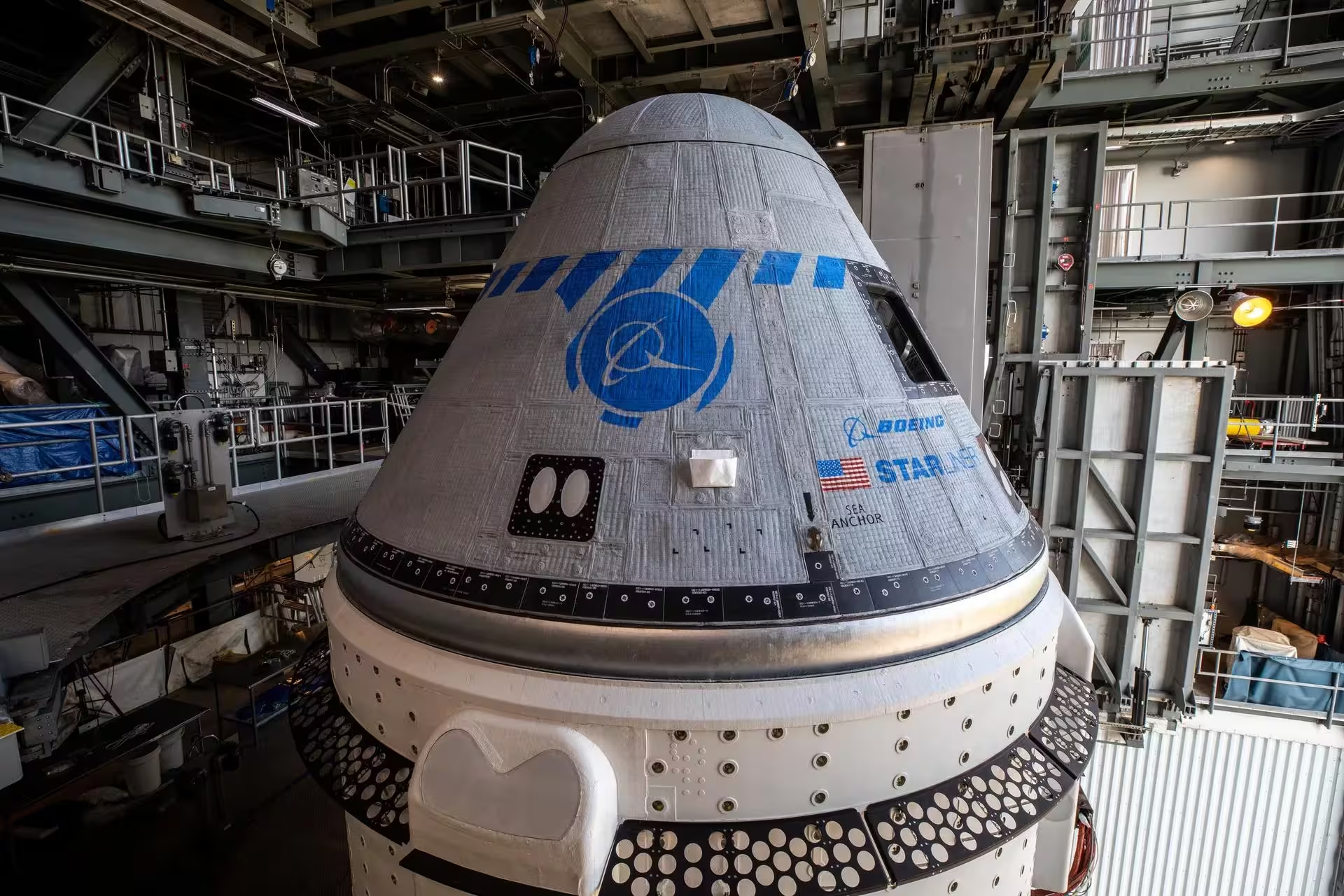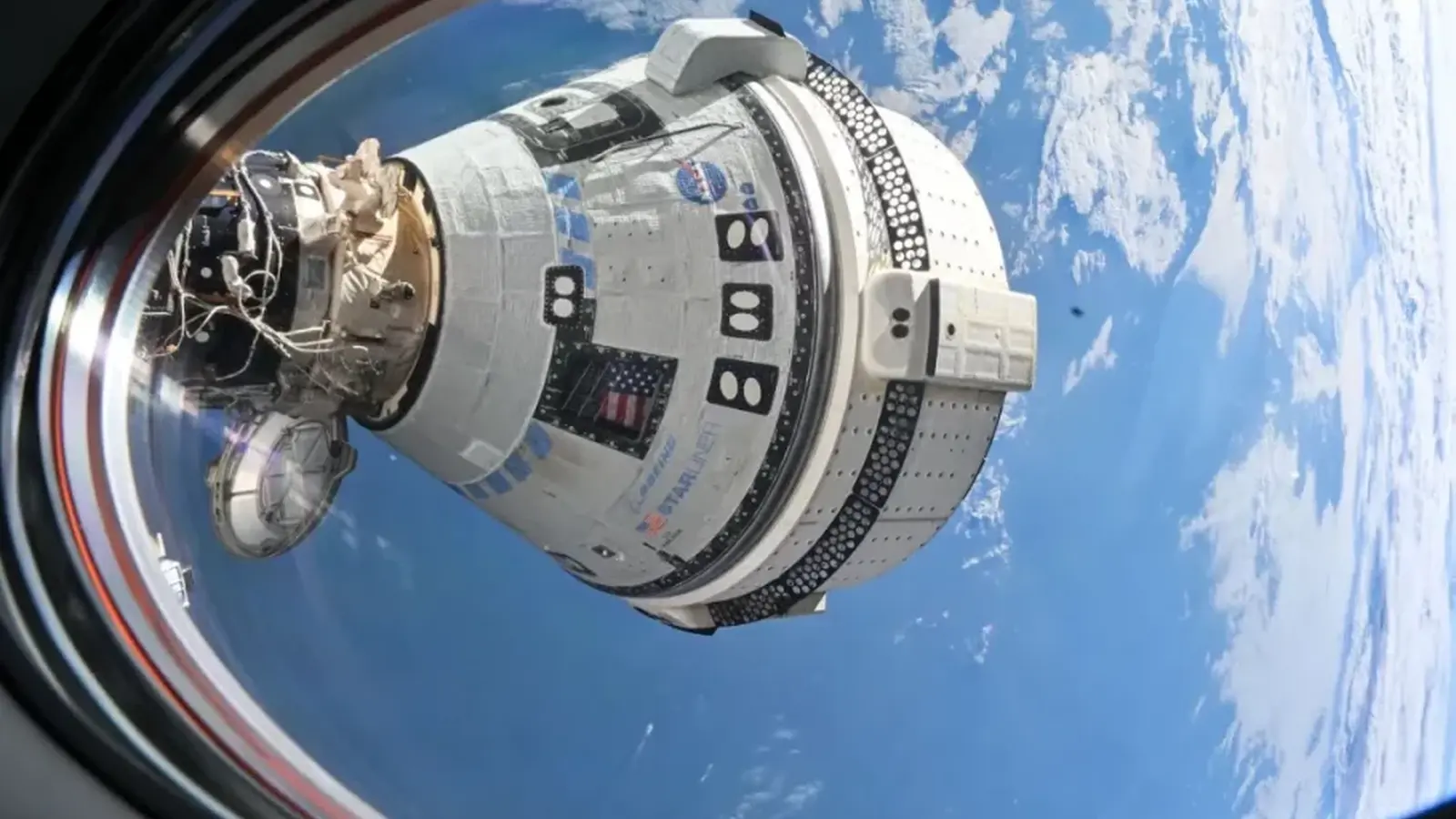3 Minutes
NASA and Boeing have confirmed that the Starliner spacecraft is being prepared for another trip to the International Space Station — this time likely without a crew. The mission aims to validate Starliner’s safety systems in orbit and deliver essential cargo to the station as the program moves forward under a revised contract.
Why NASA is pausing crewed flights
After years of development and a troubled history of test flights, NASA and Boeing announced a new agreement that reduces the number of crewed Starliner missions. The next flight, named Starliner-1, is planned as an uncrewed mission that will carry supplies and serve as a full systems check before astronauts return aboard the capsule.
Starliner has had a rocky timeline. An initial uncrewed test in 2019 suffered software errors that prevented the capsule from reaching the ISS, forcing Boeing into a years-long repair and recertification campaign. Last year, the program finally completed its first crewed launch, carrying NASA astronauts Butch Wilmore and Suni Williams to the station — but the mission encountered multiple issues in orbit. Valve malfunctions, thruster anomalies, and a helium leak complicated operations, and NASA ultimately opted to return the vehicle to Earth without risking further crew exposure.

What to expect from Starliner-1
Starliner-1 will be both a cargo run and an orbital safety test. If systems such as propulsion, life-support hardware diagnostics, and reentry controls perform nominally during the uncrewed flight, NASA and Boeing could clear the way for up to three crew-rotation missions using Starliner. Officials say they are unlikely to schedule Starliner-1 before April 2026, providing time for additional ground testing, software validation, and hardware checks.
Operational implications
- Reduced short-term crewed flights under the new contract will let Boeing focus on reliability and certification.
- An uncrewed Starliner-1 provides real orbital data on systems that can’t be fully validated on the ground.
- Successful execution could restore Starliner as a regular transport option for ISS crew rotations, diversifying NASA’s access to low Earth orbit.
Technical background in plain terms
Spacecraft systems are complex: software commands navigation and docking; thrusters control orientation and trajectory; valves and pressurization lines manage propellants and gases such as helium. Failures in any of these subsystems can cascade into mission-level risks for crewed flights, which is why NASA’s decision to fly uncrewed first reflects standard risk management in human spaceflight.
"NASA and Boeing are taking a cautious, data-driven approach," a joint statement read, emphasizing that the upcoming flight is meant to prove the capsule’s readiness for future astronauts. If Starliner-1 goes smoothly, the program could resume crewed missions beginning as early as 2026.
For observers, Starliner’s path forward is a reminder that human-rated spacecraft demand both rigorous testing and operational patience. The coming uncrewed launch will be a critical milestone in determining whether Starliner becomes a dependable option for ISS crew rotations.


Leave a Comment